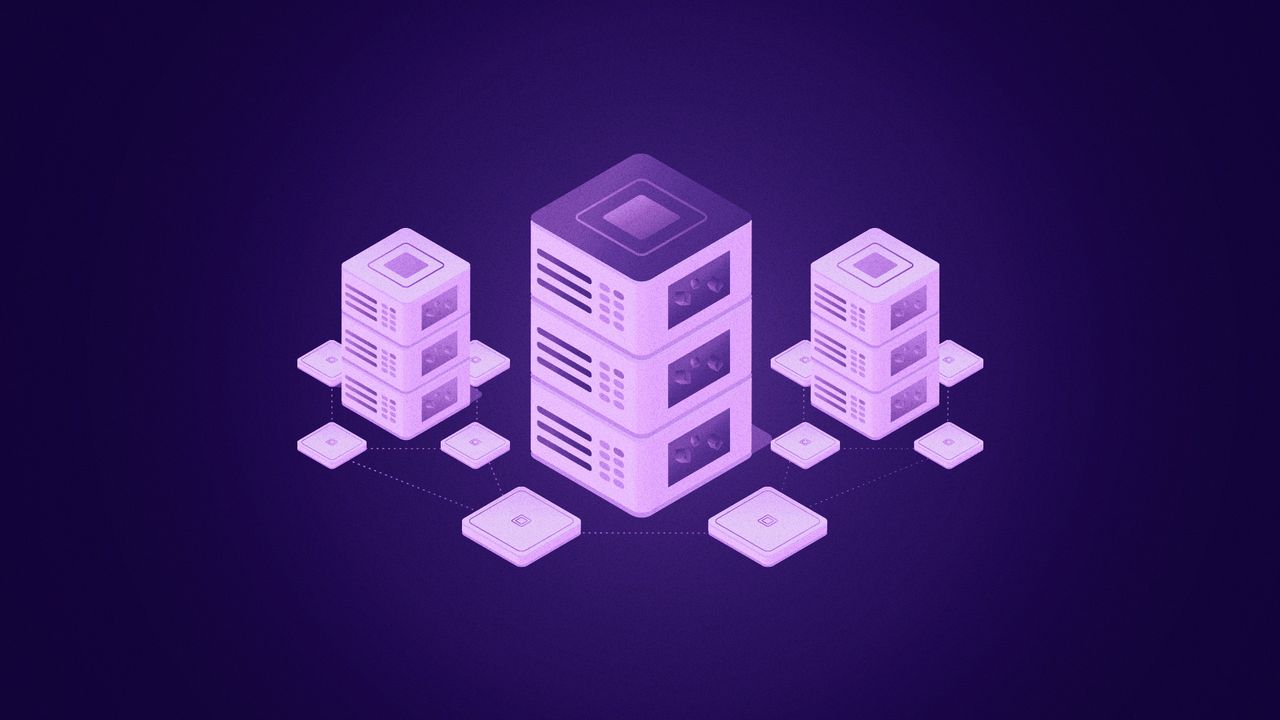What if everyday people, not big corporations, could help power the Internet, wireless networks, or even storage systems, and get rewarded for it? That’s the idea behind Decentralized Physical Infrastructure Networks (DePINs).
These systems use blockchain to connect real-world infrastructure with token incentives, creating a new way to build and manage physical networks from the ground up. Here’s how it works and why it matters.
Why Infrastructure Needs a Web3 Upgrade
Most of today’s infrastructure is built by big companies. It’s expensive, slow to roll out, and often controlled by a few major players. Whether it’s internet networks, data storage, or energy grids, the same problems keep showing up: high costs, limited access, and little room for community input.
The Web3 model offers a fresh path. It’s decentralized, permissionless, and driven by everyday users, not just corporations. This means more people can take part in building and owning the systems they rely on.
That’s where DePIN comes in. It’s a growing category of projects that focus on infrastructure decentralization. Through blockchain and tokens, DePINs make it possible for users to support and run physical systems. In return, they earn rewards for their work or resources.
This creates community-led networks that grow faster and reach further. Instead of waiting for top-down rollouts, people on the ground help fill the gaps. With tokenized coordination, DePIN shifts the model from control to contribution, giving power back to the people.
What Exactly Is DePIN?
DePIN stands for Decentralized Physical Infrastructure Network. It’s a system where people help build and run real-world infrastructure like wireless networks or data storage, using blockchain to keep everything fair and transparent.
The idea is simple: users connect hardware or devices to a network. This might be a hotspot, sensor, dashcam, or storage drive. When these devices provide useful services like coverage, bandwidth, or map data, the users get paid in tokens.
Smart contracts manage the process. They check the data and automatically send rewards when someone adds value to the network. This keeps things honest and efficient without needing a central authority.
A few well-known examples include:
- Helium – a network where users run hotspots to provide wireless coverage and earn rewards
- Hivemapper – a decentralized map built by dashcam drivers who get rewarded for collecting street-level imagery
- Filecoin – a decentralized storage network where users rent out spare storage space in exchange for tokens
All of these projects show how DePIN uses real-world data to power blockchain systems. It’s a new kind of hardware-backed blockchain utility, where the tech meets the physical world.
As more people join, DePIN is shaping a Web3 infrastructure layer that’s built and owned by the community—one device at a time. For a deeper look into the DePIN concept, resources like Messari’s DePIN report offer more insights into its growing role in Web3.
Use Cases of DePIN in the Real World
DePIN projects are already being used in real-world systems. They link everyday tasks to token rewards, giving people reasons to join and help build useful networks.
In connectivity, projects like Helium allow users to run hotspots that offer WiFi and 5G coverage. The more useful the coverage, the more tokens they earn.
In mobility, DePIN helps track things like delivery routes, location data, and vehicle performance. Projects like DIMO collect car data through devices connected to the blockchain. Drivers earn tokens for sharing real driving info.
Mapping and data capture is another key area. Hivemapper lets people use dashcams to gather street-level images. The data helps build a global map, and contributors get paid based on how much they help.
For storage and computation, Filecoin allows users to share extra space on their devices in exchange for rewards. These systems offer cheaper and more open ways to store and process information.
DePIN also has growing use in climate and energy tracking. Some networks reward users for reporting air quality or solar output. In supply chains, sensors can share shipment data, giving all parties a real-time look at where goods are.
In every case, the link between real-world performance and token rewards is what drives the network. You get rewarded based on how much value you add — not just for holding a token, but for doing something useful. That’s what makes DePIN feel different from many other crypto models.
Why DePIN Could Reshape Sports and Entertainment Infrastructure
Imagine fans doing more than just watching the game—they help run the event itself. That’s the promise of DePIN in sports and entertainment. By putting real-world tools in the hands of fans and using blockchain to track them, new kinds of stadium experiences could become possible.
Fan-operated infrastructure could offer crowd-powered WiFi at venues, where those who provide stable connections earn tokens. Instead of relying on a single telecom provider, stadiums could tap into a web of user-powered hotspots.
Event data trust might come from on-chain sensors placed in venues. These sensors could confirm that an event happened, how many people attended, or what time key moments occurred. This data could power fan rewards, content drops, or post-game highlights that feel more authentic.
Ticket scanning, security checkpoints, or even merch sales could also go decentralized. Fans could help verify entry or check product authenticity using simple tools tied to the blockchain. This builds a stronger link between the event and the people attending.
Chiliz Chain already powers fan tokens and voting in sports. With its focus on fan engagement, it could also support token-enabled logistics, letting fans take part in running physical systems at games, concerts, or festivals.
While this future is still forming, it shows how DePIN could bring fans closer to the action, not just through screens, but through systems they help operate. It’s a shift from being a passive viewer to an active part of the experience.
The Value of DePIN – Incentives, Scale, and Resilience
DePIN turns users into active builders. Instead of just using a network, people earn tokens by helping run it, whether through sharing storage, coverage, or data.
This model grows faster than traditional systems because it doesn’t rely on one company to expand. It scales through people.
By spreading out tasks and data, DePIN boosts system strength and cuts risks. It also brings more voices into the process through local, on-the-ground action.
It’s not just tech—it’s shared ownership.
Challenges and What’s Next
DePIN is growing fast, but it still faces real challenges. Setting up hardware can be tricky for new users. Making sure the data is real and accurate takes strong checks. And some projects are still working out how to keep token rewards fair and steady over time.
Still, the direction looks promising. More Web3 ecosystems are testing ways to bring DePIN into their platforms.
The physical world may be the next big step for Web3—where real tools and real people build together.











